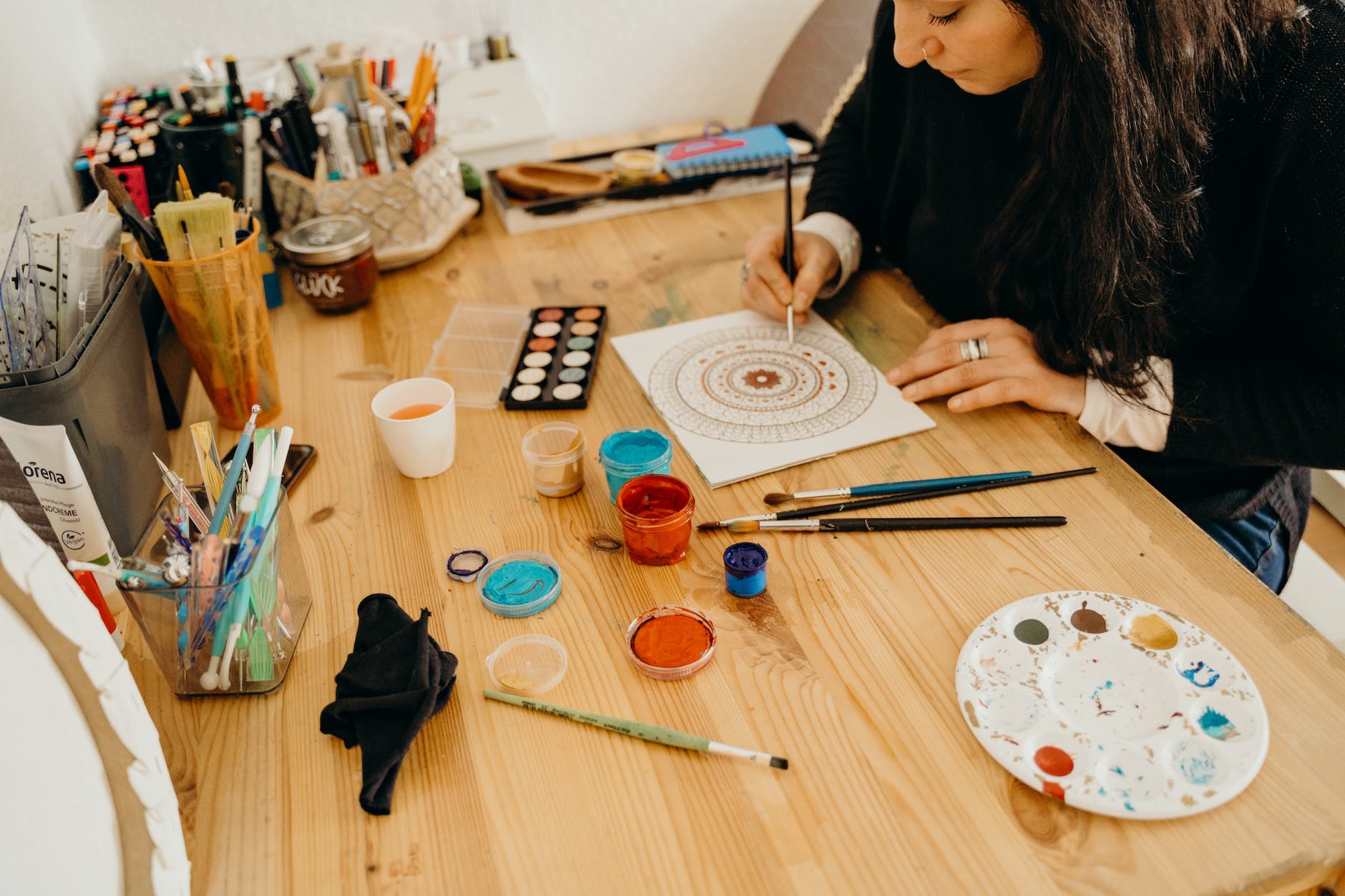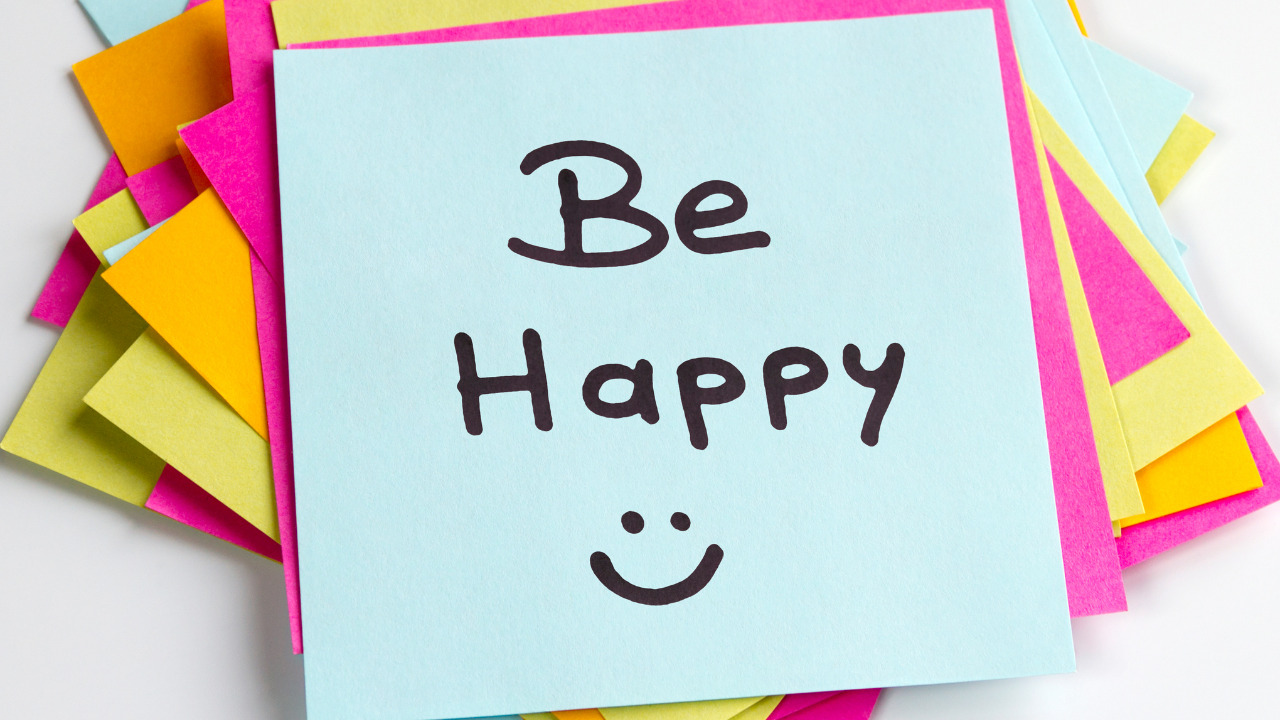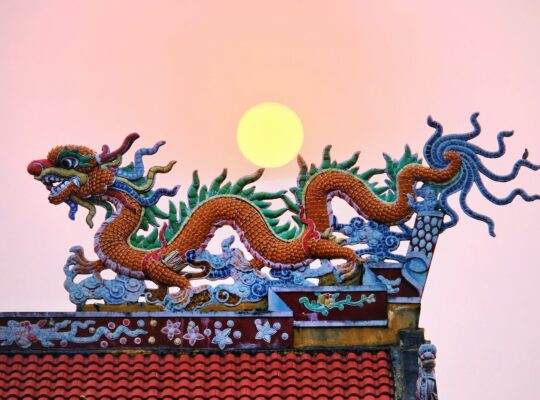(Disclaimer: As an Amazon affiliate I earn on qualifying purchases. )
You’re probably familiar with mandalas that have symmetrical patterns and geometric shapes.
Most popular mandalas have deep cultural meaning and are used in spiritual traditions like Hinduism, Buddhism, and Tibetan art. These mandalas emphasize harmony, balance, and interconnectedness.
But beyond their undeniable beauty, mandalas hold profound psychological depths, acting as mirrors to our inner selves. For Carl Jung, a pioneer in analytical psychology, the mandala represented the “archetype of wholeness,” embodying the collective unconscious – the reservoir of universal human experiences and symbols.

Who looks outside, dreams; who looks inside, awakes.
Carl Jung
Mandala Art Therapy Benefits
- Stress Reduction: The repetitive and meditative nature of mandala creation induces a calming state, lowering anxiety and promoting relaxation. By focusing on the present moment and the flow of creativity, worries fade away, leaving you feeling refreshed and centered.
- Self-Discovery: As you create, your subconscious mind emerges through colors, shapes, and symbols. Analyzing your mandala unveils hidden thoughts, emotions, and patterns, offering valuable insights into your inner world and guiding you towards self-awareness.
- Emotional Processing: Colors and symbols within your mandala can act as emotional outlets. Expressing difficult emotions through art allows for safe and non-judgmental processing, fostering emotional healing and release.
- Improved Focus and Mindfulness: The focused attention required for mandala creation enhances your ability to concentrate and be present in the moment. This mindfulness spills over into daily life, improving your ability to manage distractions and appreciate the present.
- Enhanced Creativity: Engaging in mindful, non-judgmental art expression unlocks your creative potential. Experimenting with colors, shapes, and techniques fosters a sense of playfulness and innovation, benefiting all aspects of your life.
- Boost in Self-Esteem: Completing a mandala creation provides a sense of accomplishment and satisfaction. As you witness your own creative expression, your confidence and self-worth receive a boost, leading to a more positive self-image.

Jungian Mandala Meaning
Jung saw mandalas differently. He wasn’t concerned with their outward beauty or cultural symbolism. For him, they were archetypal expressions of the unconscious mind. They represented the psyche’s wholeness and the integration of conscious and unconscious elements.
Think of a blank canvas or simply a circle. This empty space holds the potential for anything to emerge. As you create your mandala, adding colors, shapes, and symbols, you’re tapping into your inner world, expressing feelings, thoughts, and experiences that might be difficult to put into words.
Until you make the unconscious conscious, it will direct your life and you will call it fate.
Carl Jung
Why are Jungian mandalas often just circles?
The circle itself is significant. It has no beginning or end, symbolizing wholeness, unity, and the self. It encompasses everything within our psyche, both the light and the shadow. The act of drawing or focusing on this circle becomes a meditative process, allowing us to access and integrate deeper aspects of ourselves.
Remember Jungian mandalas aren’t about perfection or artistic skill. They’re about authentic self-expression. The process of creating them, not the final product, is what holds the therapeutic value.
Here are some additional points to consider:
- Jung often drew mandalas himself during periods of emotional turmoil or personal transformation.
- He encouraged his patients to create mandalas as a way to explore their inner world and work through psychological issues.
- Analyzing the symbols and colors used in a mandala can offer insights into a person’s subconscious mind.
How to Draw Mandala for Jungian Analysis
When creating a Jungian mandala for self-expression, there’s no single “should” as the beauty lies in its personal exploration. However, I can offer some tips to guide your process:
1. Connect with your current state:
Reflect on your emotions, thoughts, and experiences lately. Are you feeling anxious, joyful, overwhelmed, or peaceful? What internal conflicts or questions are occupying your mind?
Can you recall any recent dreams?
Nerd tip: (Dream analysis is pretty big in analyzing art according to Jung and analytical psychology)
2. Choose your materials:
Pencils, crayons, paints, collage materials, anything that resonates with you can be used. Consider the textures and colors that might best represent your internal landscape.
3. Start with the center:
This represents your Self, the core of your being. Can you use a symbol, a color, or an image that reflects your essence?
4. Build outwards intuitively:
Let your subconscious guide you. Don’t overthink or strive for perfection. Let shapes, lines, and textures emerge organically. This is a conversation with your inner world, so trust your intuition.
5. Consider symbolism:
Certain shapes and colors may hold personal meaning for you. Are there recurring themes or symbols in your dreams or daily life? Incorporate them if they feel relevant.
6. Embrace imperfection:
Jungian mandalas aren’t about artistic skill. It’s about exploring your inner world freely. Embrace the rawness and authenticity of your expression.
7. Reflect after creating:
Look at your mandala and ask yourself what it reveals about you. What emotions, thoughts, or memories does it evoke? Write down your interpretations or meditate on it for further insights.
Remember, there’s no right or wrong way to create a Jungian mandala. Trust the process, have fun, and be open to what emerges. It might surprise you!
Jungian Mandala Interpretation
Jung identified numerous archetypes, representing fundamental aspects of the human psyche. These archetypes transcend cultural and individual differences, appearing in myths, dreams, and artistic expressions like mandalas. Here are some key archetypes you might encounter:
- The Self: Often depicted as the central point of the mandala, the Self represents the totality of our being, encompassing both conscious and unconscious aspects. Finding balance and integration within the mandala can symbolize progress towards individuation, the process of becoming whole.
- The Anima/Animus: These archetypes embody the feminine and masculine principles within each individual, regardless of biological sex. Their harmonious integration contributes to psychological wholeness, and their representation in mandalas can offer insights into our relationships and inner dynamics.
- The Shadow: The Shadow represents the repressed or disowned aspects of ourselves, often containing our fears and desires. Acknowledging and integrating the Shadow, symbolized by darker elements in the mandala, is crucial for psychological growth.
- The Great Mother: This archetype embodies nurturing, creativity, and the source of life. It can manifest in mandalas as mother figures, fertility symbols, or nurturing landscapes, reflecting our connection to the earth and our desires for security and belonging.
- The Wise Old Man/Wise Woman: Representing wisdom, guidance, and inner knowing, these archetypes often appear in mandalas as figures like elders, mentors, or animals associated with wisdom. Their presence reflects our search for meaning and understanding.
Interpreting Your Mandala:
Remember, interpreting your mandala is a personal journey. There are no one-size-fits-all answers, and the meaning will unfold based on your unique experiences and associations. Observe the colors, shapes, symbols, and recurring themes in your mandala. Reflect on how they resonate with your current life experiences, emotions, and aspirations. Consider journaling your thoughts and feelings as you create or analyze your mandala.
Exploring Further:
The exploration of Jungian archetypes in mandalas is a vast and enriching experience. If you’re interested in delving deeper, here are some resources:
- Books: “Man and His Symbols” by Carl Jung, “125 Mandalas: An Adult Coloring Book,
- Websites: The C.G. Jung Institute, Sandplay Therapists International







